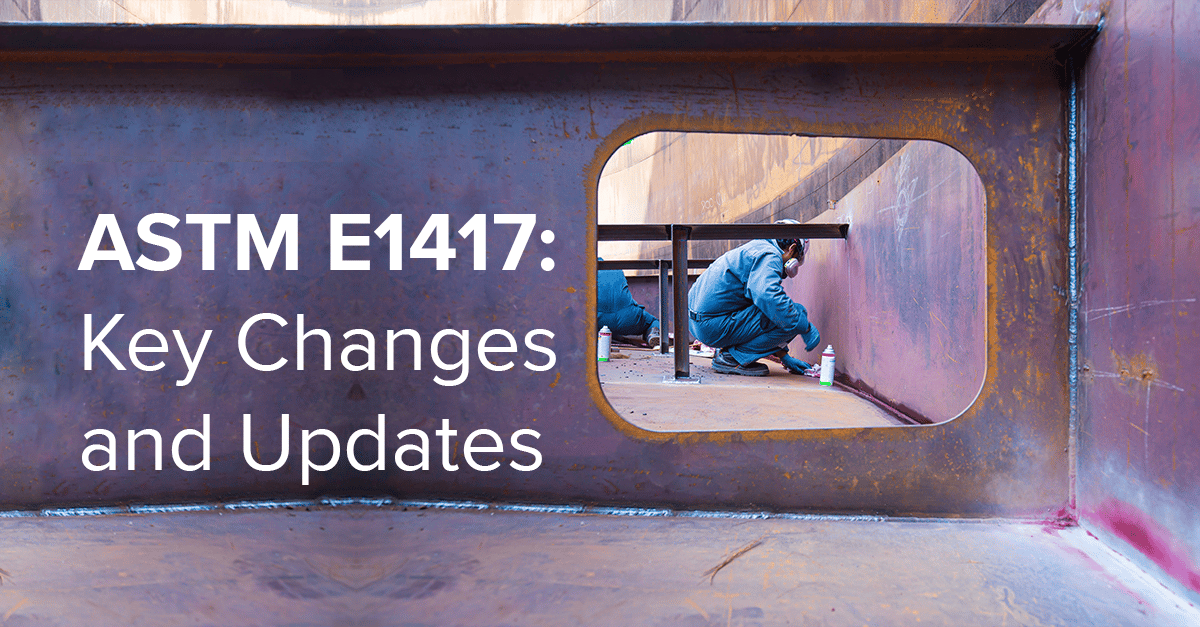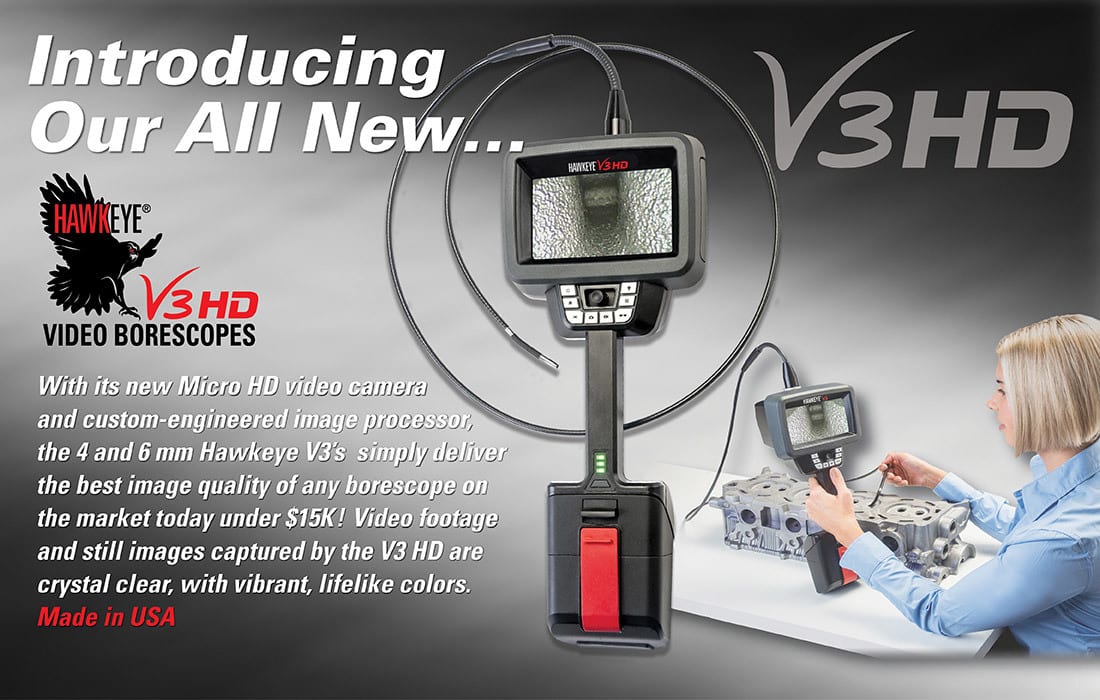Liquid Penetrant Testing
Inspection
NDT

In October 2021 ASTM E1417 was published, replacing the 2016 revision. This revision was completed as part of a standard review cycle, and to address changes in the industry.
By Shawn Kilty and David Geis
The next revision of ASTM E1417 has been published, and a lot is changing. Here are several changes that you should be aware of.
1. New Method A(W) Penetrants
There has been ongoing work in SAE/AMS Committee K to update the basic penetrant qualification spec, AMS-2644. Part of this work is the introduction of a new classification of penetrant, Method A(W) penetrants. Method A(W) penetrants are Water Washable-water containing (Section 5.1.2.2). AMS 2644 defines a Method A(W) penetrant as having 20% or more water by volume. ASTM E1417 requires a weekly check of the water content of Method A(W) penetrants using a refractometer.
2. Extended Shelf Life (Section 6.5.3)
Penetrant materials that have exceeded their initial shelf life are deemed acceptable for use so long as they pass all required quality checks. Re-certification by the manufacturer is not required. Quality check exceptions for aerosols and single-use materials have also been added.
3. Method A Immersion Update (Section 7.3.1.4)
If you are using Method A (water-washable) penetrants and using immersion in water to remove excess penetrant, a final spray rinse is now required.
4. Indication Swab with QPL Solvents (Section 7.6.3.1)
During the evaluation, an indication can be wiped with a solvent-dampened swab and re-developed. Acceptable solvents are isopropyl alcohol, acetone, or QPL-AMS-2644 approved solvent/removers.
5. Comparative Quality Checks
During the System Performance Check, a discrepancy in performance between in-use materials and new, unused materials usually requires comparative removability and sensitivity checks. With the recent revision of E1417, these specific checks are no longer mandated (Sections 7.8.3.2, 7.8.3.3, and 7.8.3.4 have been removed). Instead, the Penetrant Testing Level 3 (III) is responsible for defining the investigation of the discrepancy. This change allows the Penetrant Testing Level 3 (III) to determine which quality checks would be necessary to diagnose and resolve the problem.
6. No Warmup Time Required for LED UV-A Sources
Previous revisions of ASTM E1417 required a minimum of ten minutes of warmup time for all UV-A sources. Because LED UV-A lamps are at full intensity at startup, an exception to this requirement is included to save operators time and reduce the amount of pre-inspection downtime. The ten-minute warmup time is still a requirement for all non-LED UV-A sources.
7. Changes to Process Control and Calibration Requirements (Table 1 ASTM E1417-2021)
In this revision, there are several changes to the frequency of the process control and calibration requirements, including:
- The frequency for penetrant brightness testing is updated from quarterly to semi-annually.
- The frequency for UV lamp integrity checks is updated from weekly to daily.
- The frequency for water pressure, water temperature, and air pressure gage calibrations is updated from semi-annually to annually.
- The frequency for dryer oven verification is updated from quarterly to semi-annually.
Image source: Magnaflux
Ian R. Lazarus is president and CEO of Creato Performance Solutions, providing leadership development, training, and solutions to support operational excellence.
Jim L. Smith has more than 45 years of industry experience in operations, engineering, research & development and quality management.


